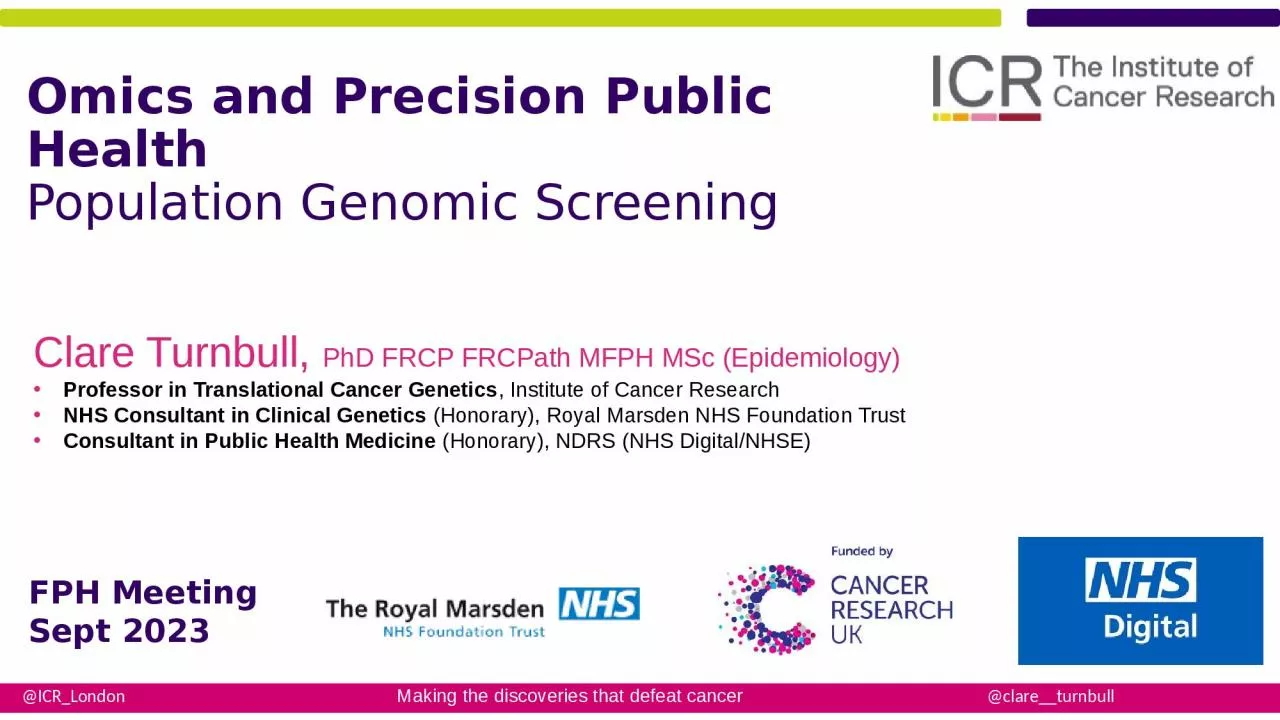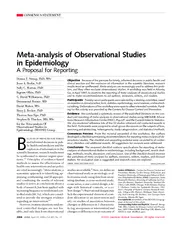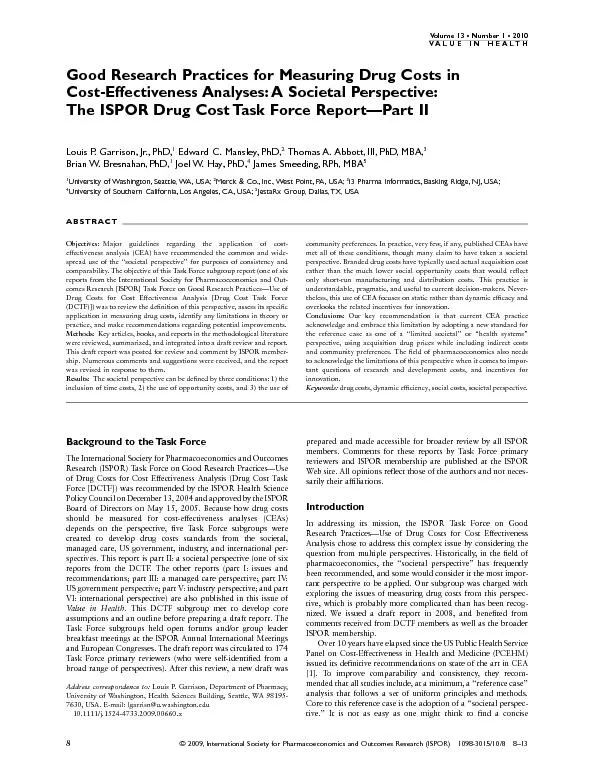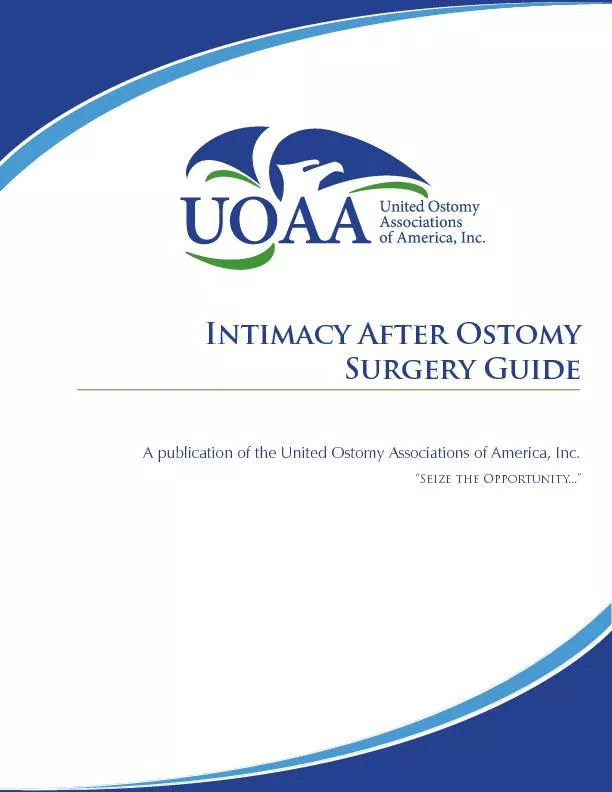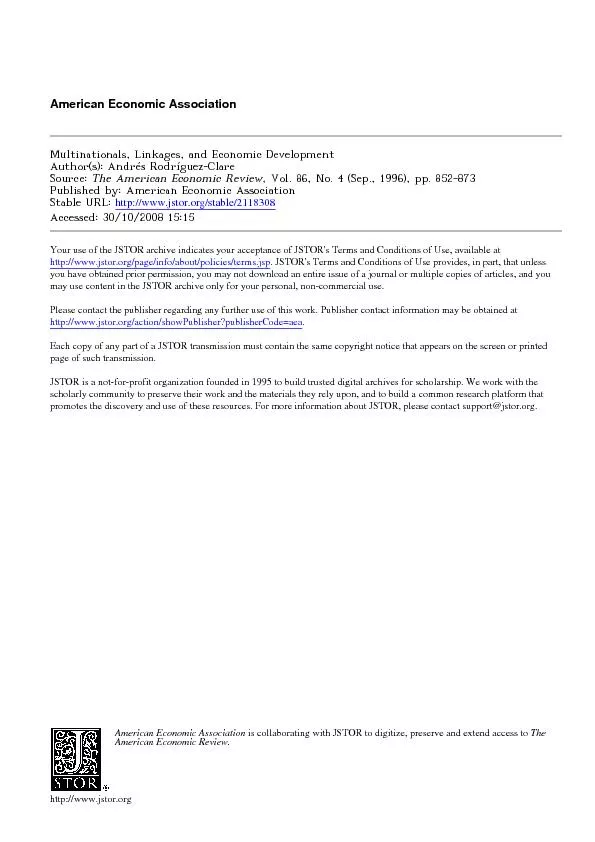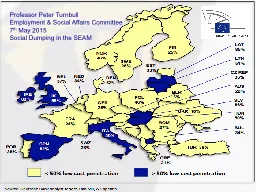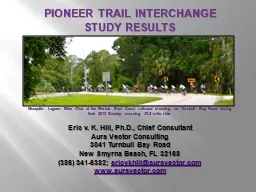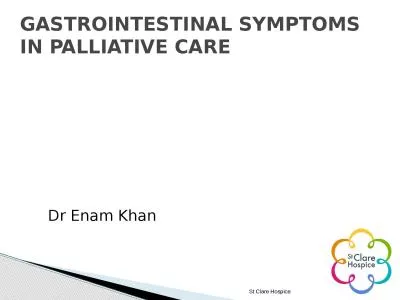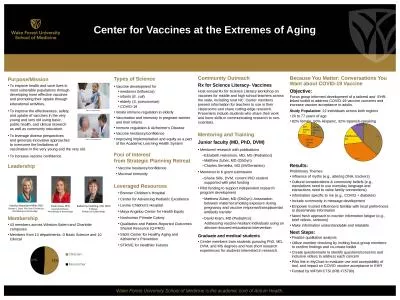PPT-Clare Turnbull, PhD FRCP
Author : ash | Published Date : 2024-02-09
FRCPath MFPH MSc Epidemiology Professor in Translational Cancer Genetics Institute of Cancer Research NHS Consultant in Clinical Genetics Honorary Royal Marsden
Presentation Embed Code
Download Presentation
Download Presentation The PPT/PDF document "Clare Turnbull, PhD FRCP" is the property of its rightful owner. Permission is granted to download and print the materials on this website for personal, non-commercial use only, and to display it on your personal computer provided you do not modify the materials and that you retain all copyright notices contained in the materials. By downloading content from our website, you accept the terms of this agreement.
Clare Turnbull, PhD FRCP: Transcript
Download Rules Of Document
"Clare Turnbull, PhD FRCP"The content belongs to its owner. You may download and print it for personal use, without modification, and keep all copyright notices. By downloading, you agree to these terms.
Related Documents

